In the world of fundraising, your pitch deck is often your first shot and sometimes your last.
A lot of founders think of their deck as a box to tick. Something to get done, attach to emails, and hope for the best. But after tracking hundreds of decks across dozens of sectors and funding stages, we’ve seen the full picture. The deck isn’t just a formality; it’s a filter. And it often decides if you even get a shot at telling your story in person.
This article breaks down why your deck carries more weight than you think and how to build one that clears the first and most critical hurdle in early-stage fundraising.
1. Investors Don’t Read—They Scan
You might assume investors sit with your deck, read it cover to cover, and come back with questions. But here’s the truth: most skim. And they skim fast.
Within the first 60 to 90 seconds, they’re deciding whether to keep reading or quietly close the tab. That means your first 3–5 slides are your real audition.
What’s worse? You don’t get feedback when they pass. They just disappear.
That’s why a deck isn’t something you “just send.” It’s your front door. If it’s not clear, if it doesn’t signal traction or a strong opportunity early, you're done before the conversation starts.
🎯 What to do: Front-load your deck with clarity.
Lead with your “why now,” your traction (if you have any), and what makes your team credible for this problem.
2. Design is Overrated. Structure isn’t.
Most founders focus on polish. Fancy fonts, animations, and hiring designers. But truthfully, good design won’t save a badly structured deck.
What actually matters is flow, the order in which information is revealed and how it answers the questions in an investor’s mind.
Every great deck answers:
- What’s the problem?
- Why now?
- Why your team?
- How do you make money?
- What traction do you have?
- How much are you raising, and for what?
There’s a rhythm to this. One that good decks follow and weak decks miss.
That’s why at Pitchwise, we created editable templates based on real decks that raised capital. These aren't just pretty; they’re structured to match what investors expect and care about most. You can check them out here
3. One Size Doesn’t Fit All: Your Deck Needs Context
What works for a fintech deck at Series A won’t work for an e-commerce deck at pre-seed.
Investors reading decks are evaluating:
- Stage (Pre-seed vs Series A)
- Sector (Fintech, Healthtech, SaaS, etc.)
- Geography (Local insight, regulatory constraints)
- Business model (B2B, B2C, B2G)
Your deck should speak to those specifics. Otherwise, it feels generic and investors tune out. Too many founders try to fit a standard pitch template into every context. That’s where most decks go wrong.
Tip: Use decks that are tailored to both your sector and stage. Whether you’re applying to a fintech accelerator or pitching global VCs, the framing matters.
4. Your Deck Isn't Just for Investors Anymore
Today’s founders use their decks for much more than fundraising:
- Accelerator applications
- Partnership pitches
- H1/H2 updates to stakeholders
- Hiring early leadership
- Testing market messaging
That means your deck needs to be editable, updatable, and presentable on the fly. It’s not a one-and-done file. It’s a living document that evolves with your company.
With Pitchwise, for example, you can update your deck link anytime, even after it’s been shared. And every investor always sees the latest version; there’s no need to resend emails or clarify what’s new. That small upgrade signals professionalism and saves you major back and forth.
5. A Good Deck Doesn’t Just Impress—It Informs
The best pitch decks aren’t about hype. They’re about clarity. Clarity helps investors self-select into a conversation with you.
You want them saying:
- “I get what they’re solving.”
- “Their traction is relevant to their ask.”
- “This feels like a fit for our thesis.”
The worst decks make investors work to understand the opportunity. The best ones make it obvious and compelling.
That’s the true job of your deck: not to close the round, but to earn the meeting.
If you’re not getting that far, it’s time to rework your approach.
Bonus: How Templates Help You Get There Faster
Not every founder has time to craft the perfect deck from scratch. That’s why many founders lean on Pitchwise editable templates built for clarity, speed, and results.
At Pitchwise, our templates are:
- Structurally sound (based on decks that worked)
- Plug-and-play, with clear instructions and prompts
- Tailored by stage and sector, from SaaS to fintech, pre-seed to Series A
They’re not just pretty slides; they’re frameworks built to help founders build and pitch better. And yes, they’re available for Pitchwise users.
Fundraising is hard enough. Your pitch deck shouldn’t make it harder. Whether you’re in the middle of a raise or planning your next one, make your deck work harder for you. Because in the investor world, clarity wins. Always.
Explore the editable templates and resource library at app.pitchwise.se/








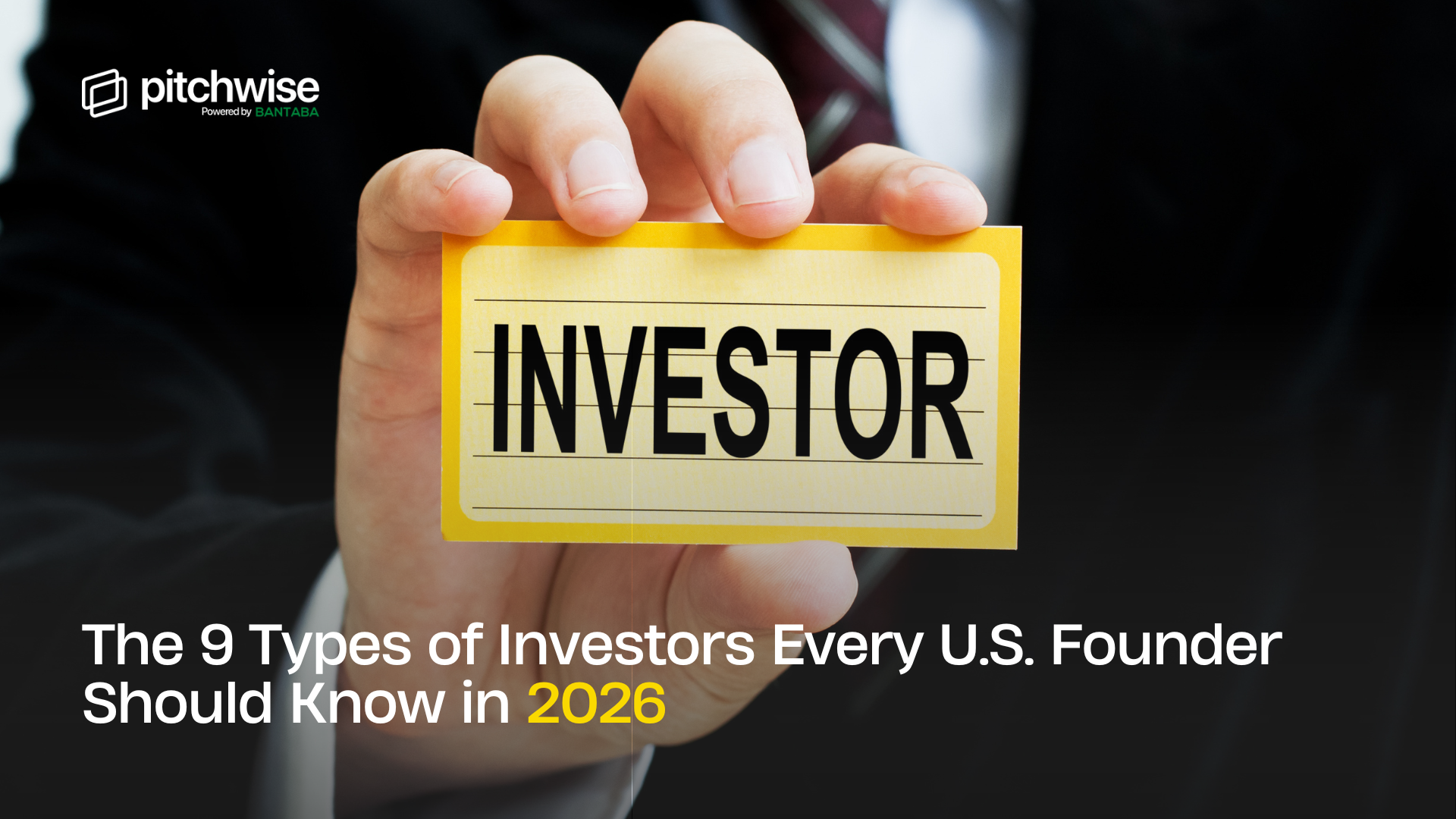


.png)


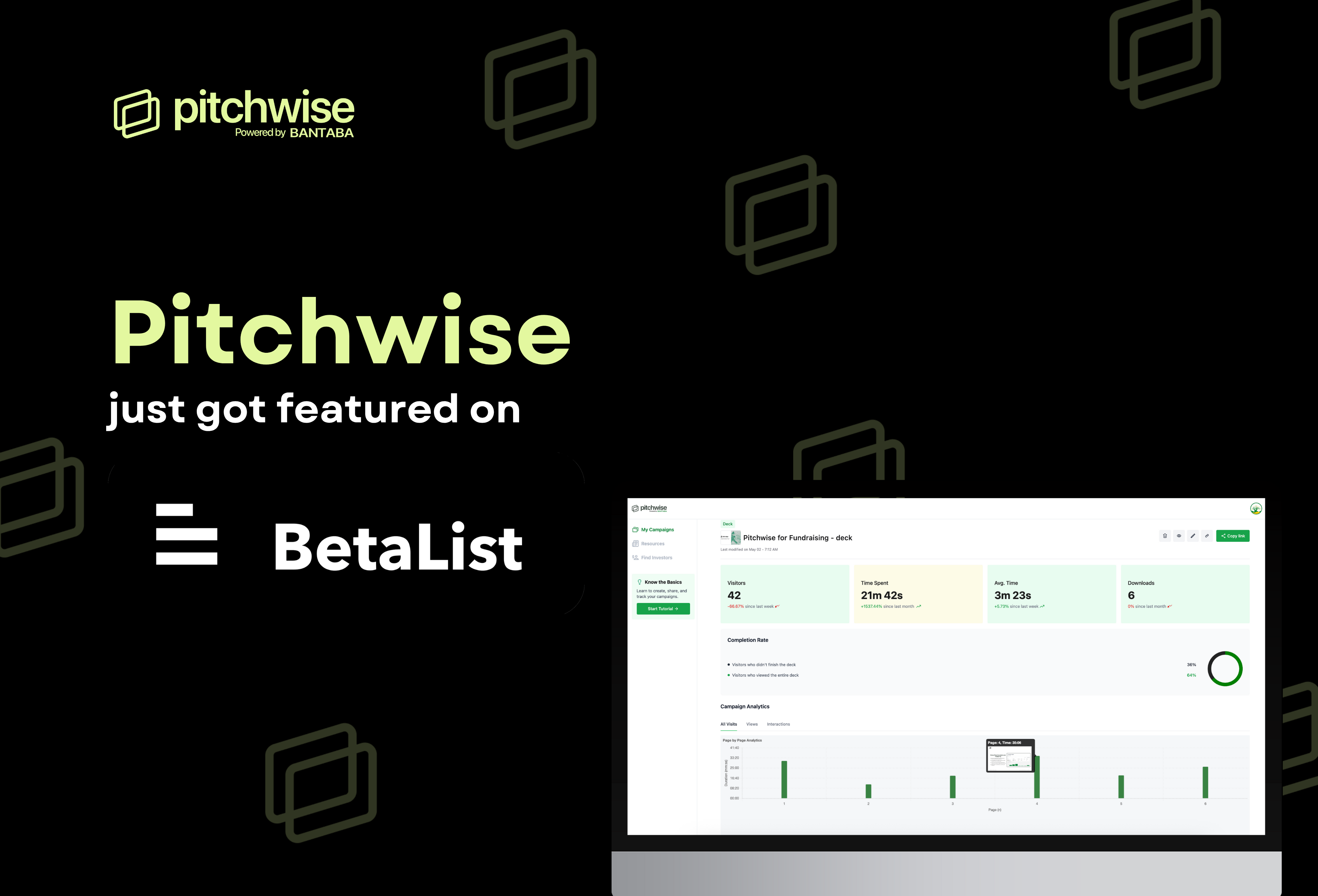





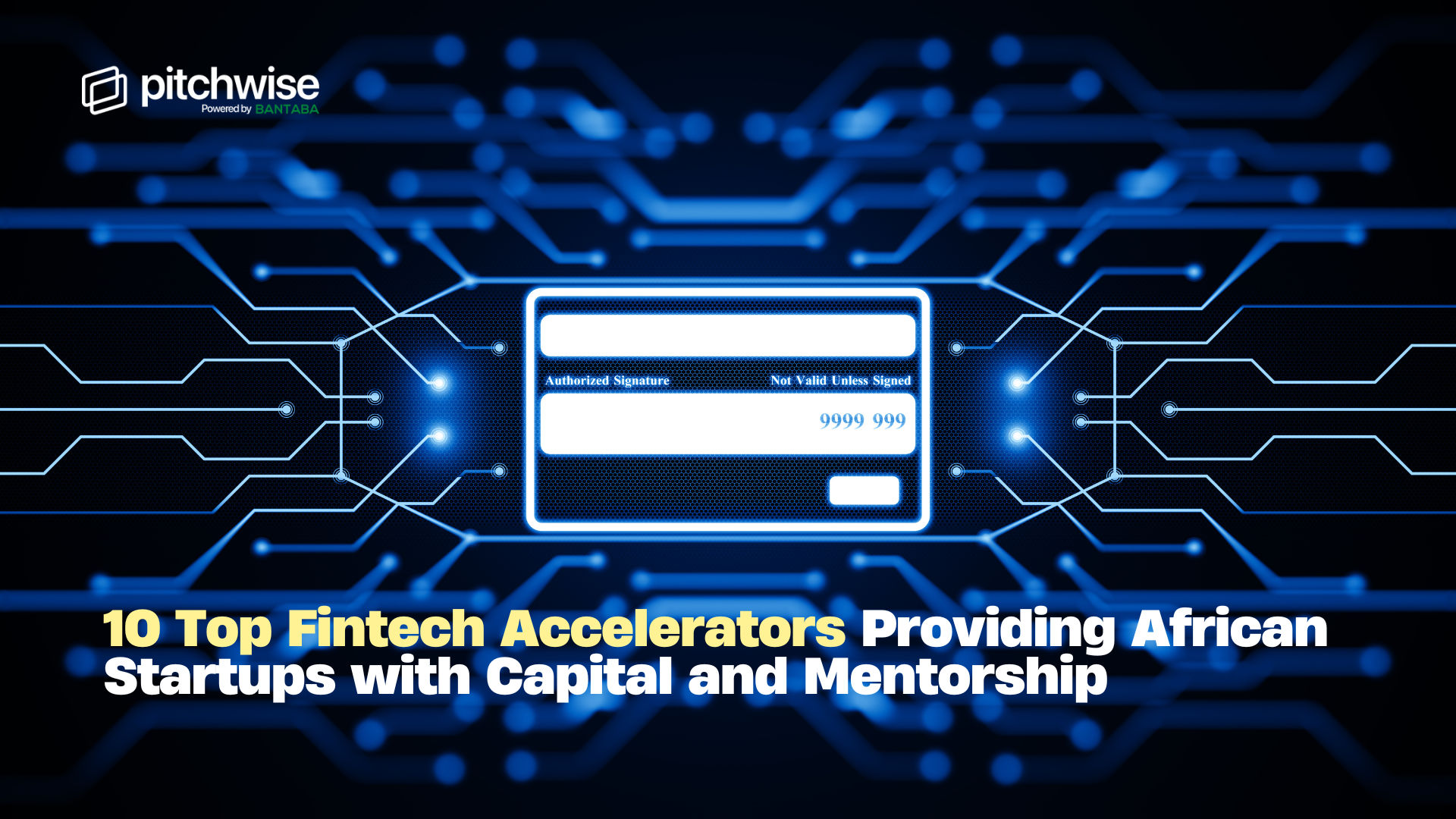
.png)

%20.png)

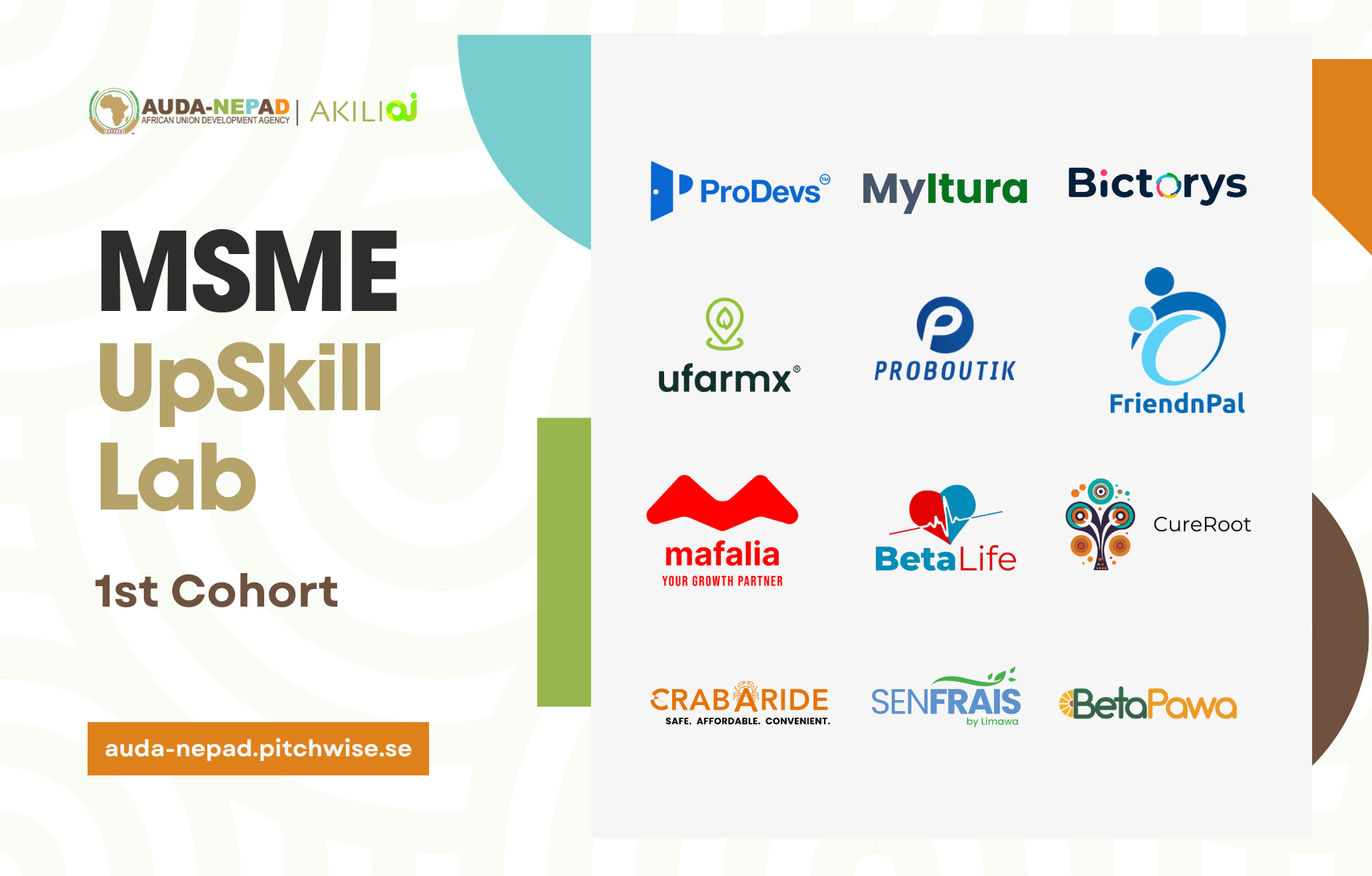





.png)
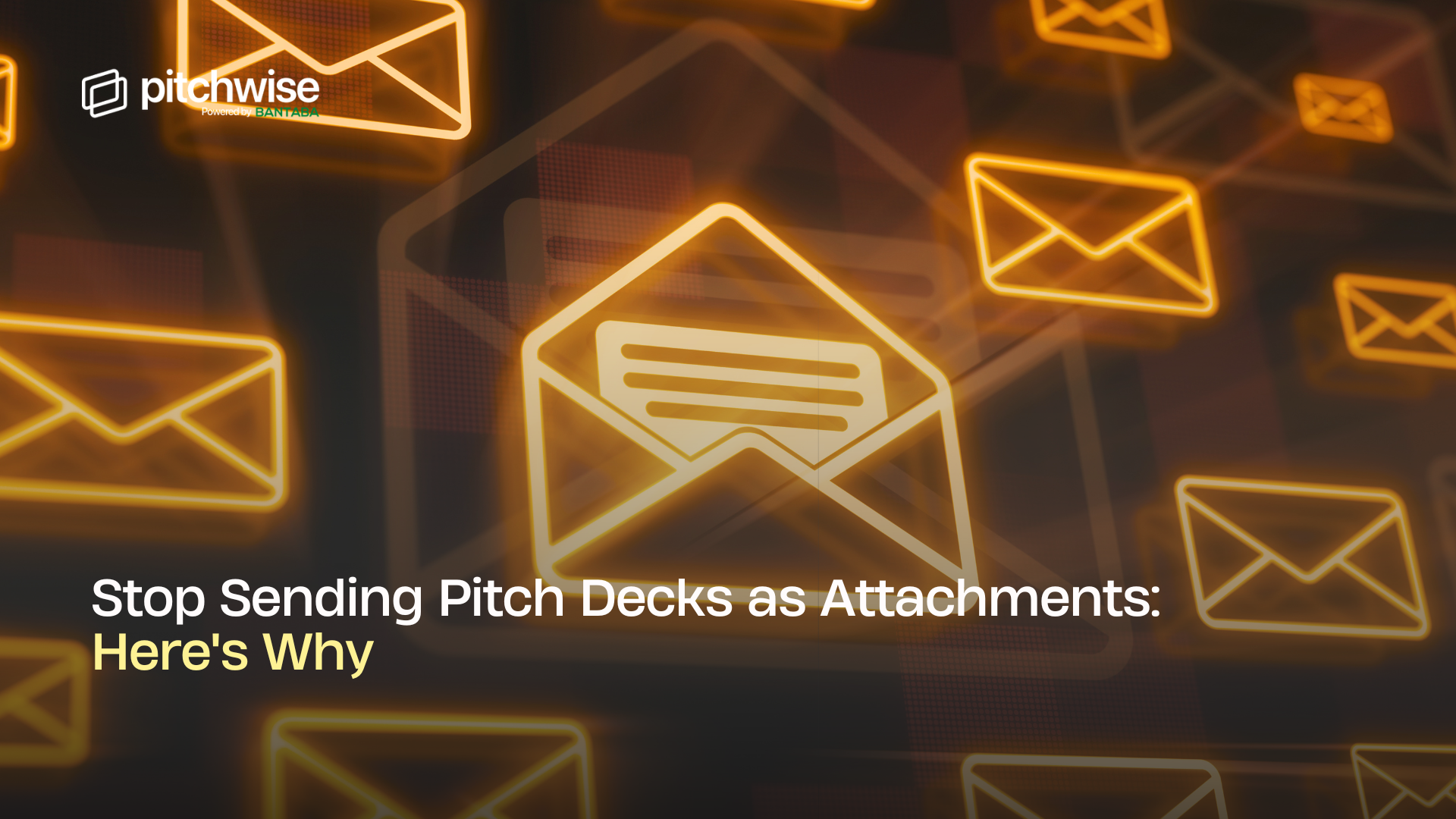

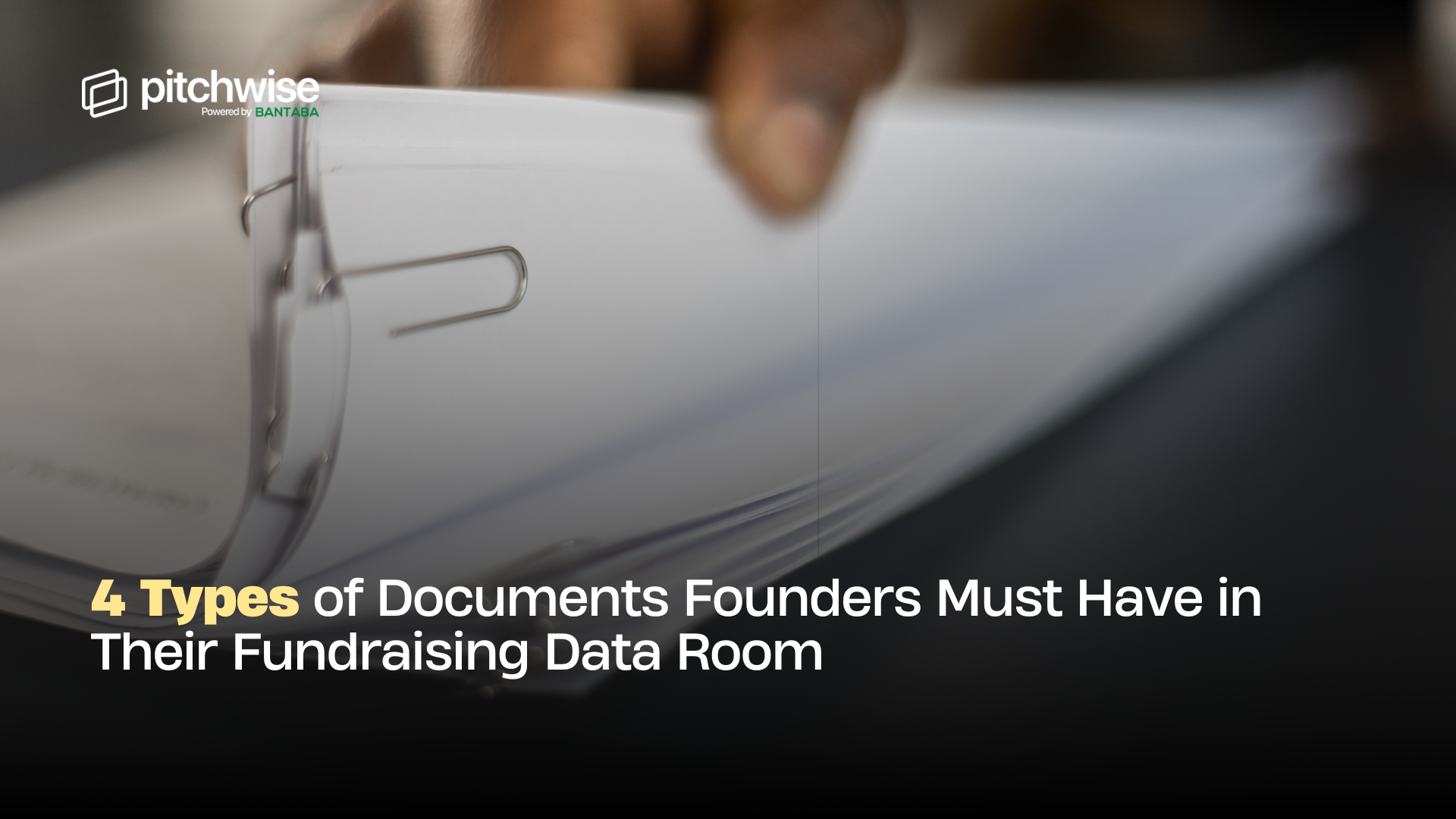

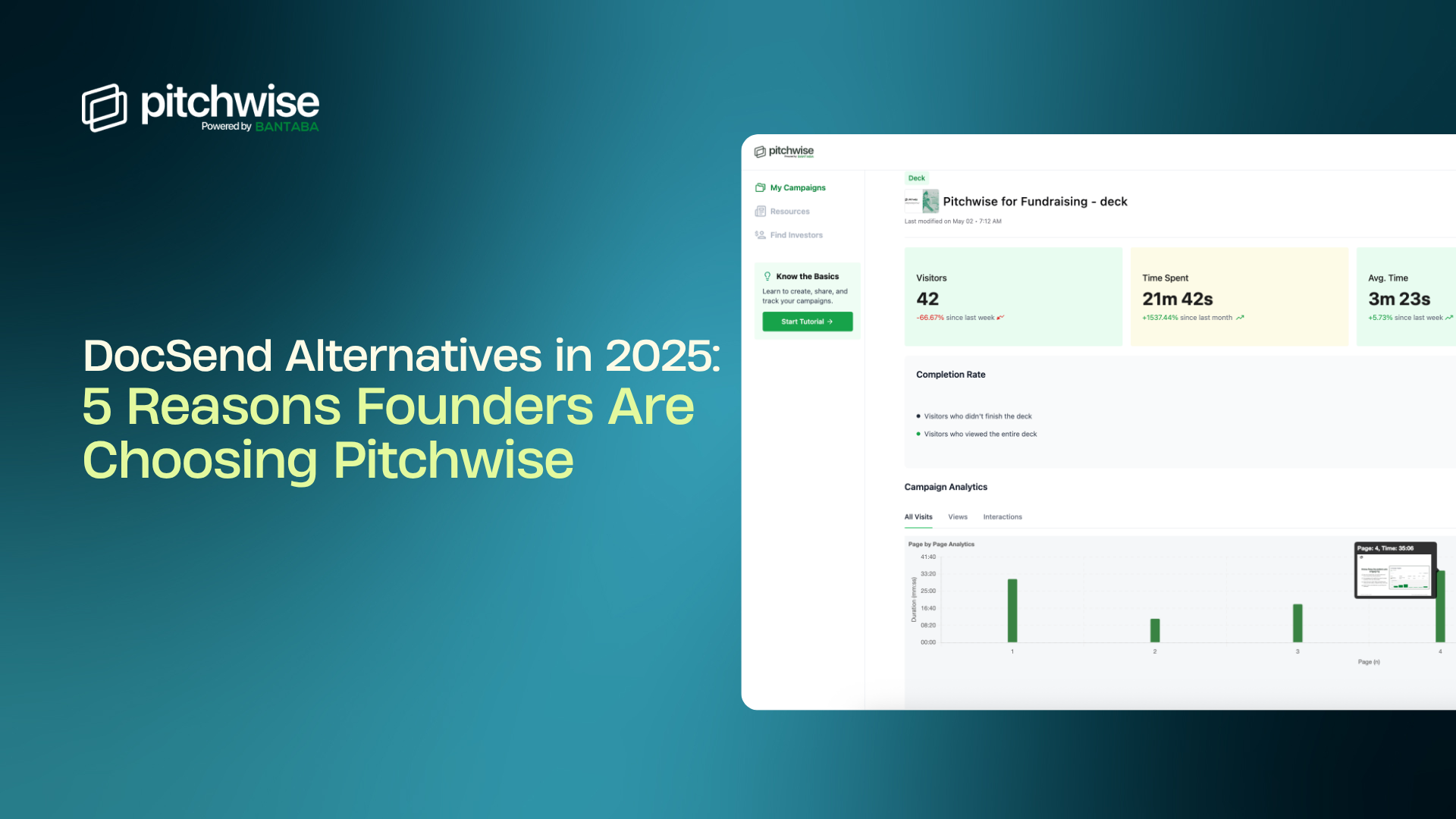









.png)

.png)



.png)
.png)


.png)
.png)



















